The concept of an alpha wolf has long been ingrained in popular culture, often depicted as a dominant, aggressive leader ruling over its pack with an iron paw. This idea, however, is far more nuanced—and in many ways, inaccurate—when examined through the lens of modern wildlife biology. The traditional view of wolf hierarchy stems from early studies of captive wolves, but researchers studying wild packs have uncovered a very different social structure.
The Myth of the Alpha Wolf
The notion of a single "head wolf" dominating the pack originated from research conducted in the mid-20th century on wolves in captivity. These studies observed aggressive behavior and rigid hierarchies among unrelated wolves forced to live together in artificial environments. The findings were mistakenly applied to wild wolf packs, leading to the widespread belief in a strict pecking order enforced through violence.
In reality, wild wolf packs function more like families than military units. A typical pack consists of a breeding pair—often referred to as the "alpha" male and female—along with their offspring from previous years. The so-called alpha wolves are usually just the parents of the group, maintaining leadership through experience and natural authority rather than brute force.
Leadership in the Wild
Observations of wild wolf packs reveal that decision-making is often a collaborative process. While the breeding pair may take the lead in certain situations—such as initiating hunts or choosing den sites—other pack members contribute based on their strengths and knowledge. Older siblings frequently help care for younger pups, and experienced hunters may guide the pack during difficult chases.
The breeding female often holds significant influence, particularly when it comes to matters involving the pack's pups. Her knowledge of safe denning locations and ability to organize pup care frequently make her a central figure in the pack's social structure. Meanwhile, the breeding male typically focuses on protection and territory maintenance, though these roles can vary between packs and individuals.
Fluid Social Structures
Wolf pack dynamics are far more flexible than the traditional alpha-beta-omega model suggests. Leadership can shift depending on circumstances—a younger wolf with exceptional hunting skills might take charge during a difficult pursuit, while an older wolf's knowledge of migration routes could guide the pack's movements in winter. This fluidity allows wolf packs to adapt to changing conditions and capitalize on individual members' strengths.
Seasonal changes also affect pack structure. During pup-rearing season, the breeding pair's authority is most pronounced as they organize feeding and protection. In winter, when hunting becomes more challenging and the pack travels together more frequently, decision-making often becomes more distributed among experienced members.
Dispelling Dominance Myths
The misconception of constant violent struggles for dominance persists despite overwhelming evidence to the contrary. While conflicts do occur—particularly when young wolves mature and may challenge the breeding pair—most wolf pack interactions involve cooperation and subtle communication. Body language, vocalizations, and ritualized behaviors maintain harmony far more often than outright aggression.
Researchers now emphasize that wolves in natural settings display remarkably sophisticated social skills. Pack members recognize individual relationships, remember past interactions, and make complex decisions that benefit the group. The breeding pair's position is maintained not through terror, but through the pack's recognition of their experience and the benefits they provide.
Implications for Conservation
Understanding true wolf social dynamics has important consequences for conservation efforts. The outdated alpha wolf concept has influenced everything from wildlife management policies to dog training methods, often with negative results. Recognizing wolves as complex, family-oriented animals rather than dominance-obsessed aggressors helps shape more effective conservation strategies and public education programs.
Modern research continues to reveal the intricate social lives of wolves, showing that their packs succeed through cooperation, shared knowledge, and flexible leadership. The next time you hear about an "alpha wolf," remember that in nature, true leadership comes not from brute strength alone, but from the ability to unite and guide a family through the challenges of the wild.

By /Aug 4, 2025

By /Aug 4, 2025

By /Aug 4, 2025
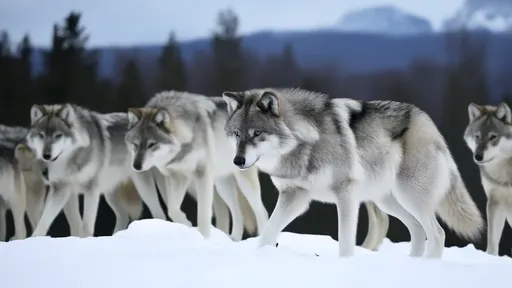
By /Aug 4, 2025

By /Aug 4, 2025

By /Aug 4, 2025
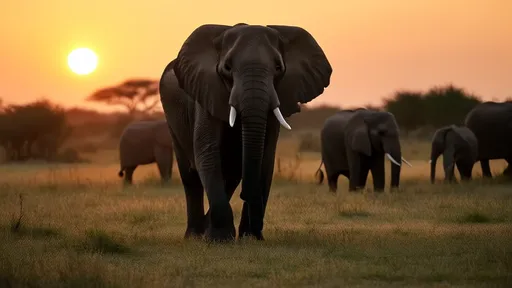
By /Aug 4, 2025
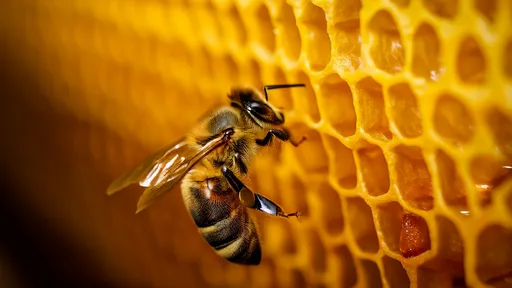
By /Aug 4, 2025

By /Aug 4, 2025

By /Aug 4, 2025
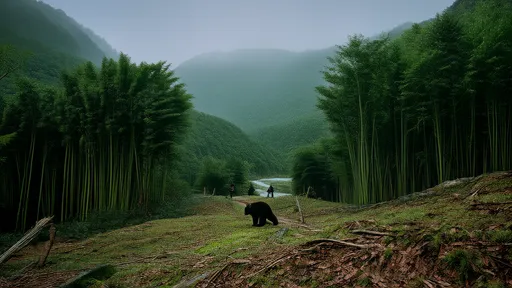
By /Aug 1, 2025

By /Aug 1, 2025

By /Aug 1, 2025

By /Aug 1, 2025
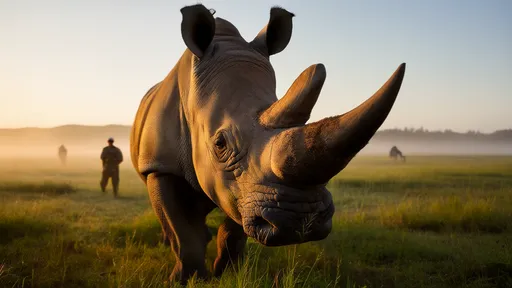
By /Aug 1, 2025
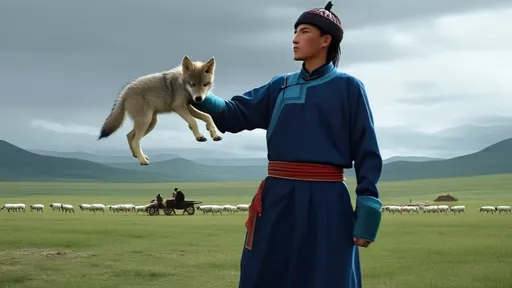
By /Aug 1, 2025
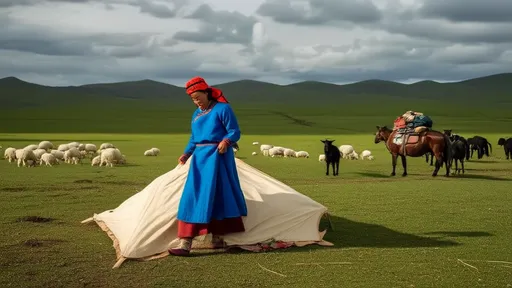
By /Aug 1, 2025
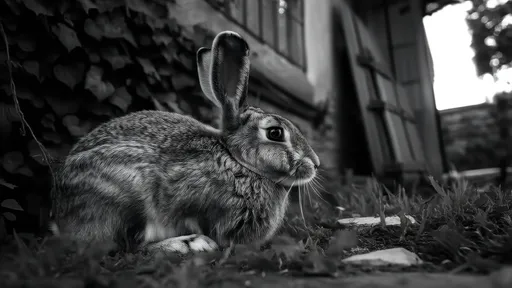
By /Aug 1, 2025

By /Aug 1, 2025

By /Aug 1, 2025